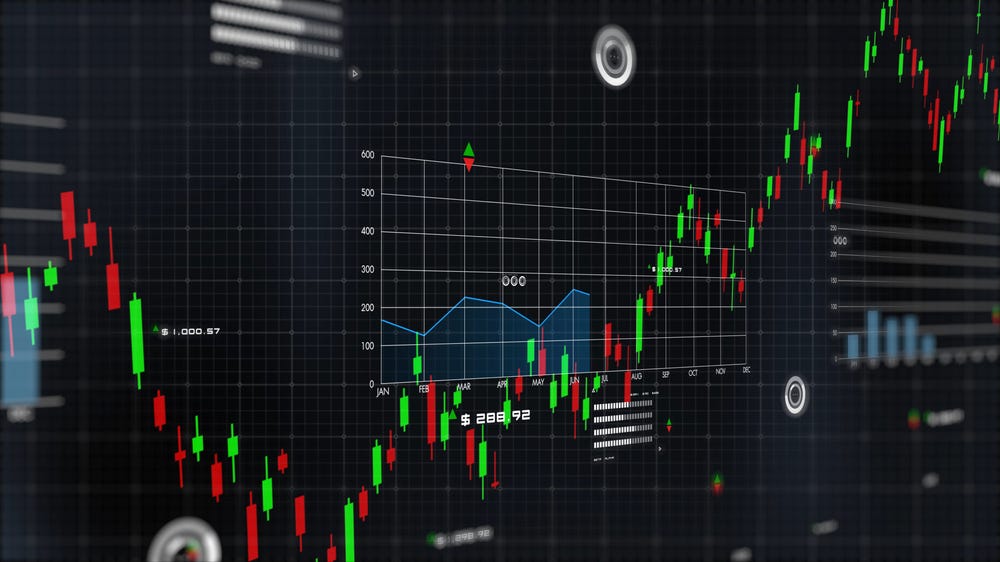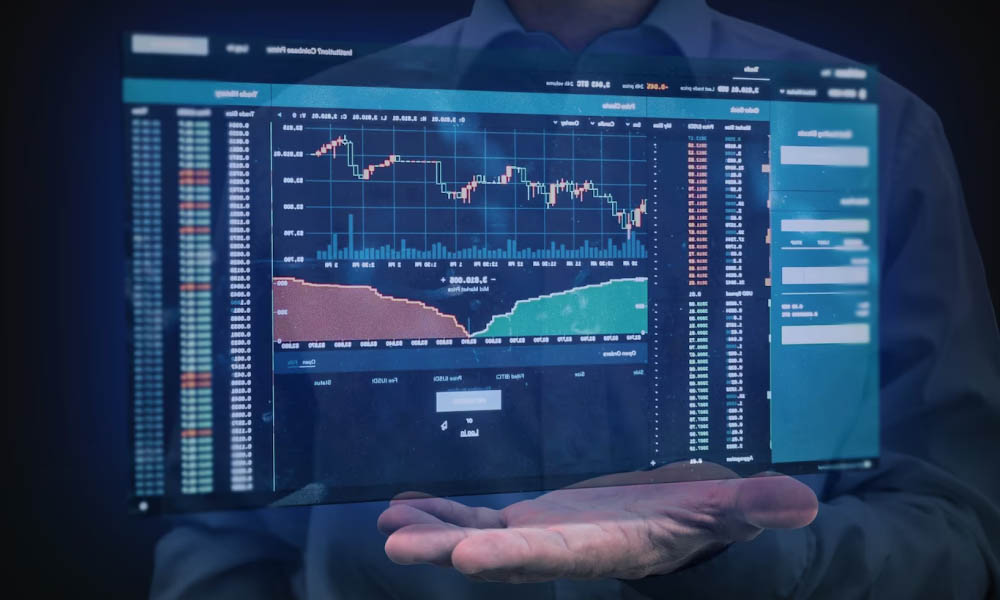
Understanding Crypto Margin Trading: A Comprehensive Guide
The world of cryptocurrency offers numerous trading opportunities, and one of the most intriguing, yet complex, methods is Crypto Margin Trading. This practice enables traders to borrow funds to increase their trading position, allowing them to magnify potential returns—and, unfortunately, losses. As cryptocurrencies continue to gain popularity, understanding how margin trading works, its benefits, and its risks is vital for anyone looking to engage in this practice. For resources and tools to enhance your trading experience, check out Crypto Margin Trading https://www.partnerbase.com/mousebelt/the-giving-block.
What is Crypto Margin Trading?
Margin trading in the crypto world allows traders to borrow money from a broker or exchange to trade larger positions than they could with their own capital alone. This is often done through a mechanism called leverage. For instance, with a leverage ratio of 5:1, a trader can control a position worth $5,000 by only putting up $1,000 of their own money. While this can enhance profits, it also increases the risk of significant financial loss.
How Does Margin Trading Work?
To engage in margin trading, a trader opens a margin account with a brokerage or trading platform. This account allows for the borrowing of funds, typically requiring an initial margin deposit, which is a percentage of the total trade value. The remaining amount is borrowed from the broker. The trading platform keeps this borrowed amount as collateral. If the value of the assets purchased using margin trading declines, the trader may face a margin call, requiring them to either deposit more funds or close their positions to cover the losses.
Leverage: The Double-Edged Sword
Leverage is one of the key components of margin trading. While it can significantly amplify potential gains by allowing traders to control larger positions, it also magnifies the risk of losses. A small decline in the price of an asset can result in a margin call, forcing traders to deposit additional funds or sell off assets at a loss to meet the margin requirement. Understanding the implications of leverage is crucial for successful trading.
Benefits of Crypto Margin Trading
There are several advantages to crypto margin trading, including:
- Increased Buying Power: Traders can amplify their exposure to the market, potentially leading to greater profits.
- Diverse Trading Strategies: Margin trading allows for various strategies, such as short selling, which isn’t feasible with standard trading.
- Flexibility: Traders can quickly adjust their positions based on market conditions and news events.
Risks Associated with Crypto Margin Trading

Although the potential for high rewards exists, the risks are significant. Some of the main risks include:
- Risk of Loss: Traders can lose more than their initial investment, leading to significant financial consequences.
- Margin Calls: If the value of the collateral falls below a certain level, traders may be required to deposit more funds or liquidate assets.
- Market Volatility: The cryptocurrency market is notoriously volatile, and sudden price changes can lead to rapid losses.
Key Terms in Margin Trading
Understanding essential terms will help traders navigate the margin trading landscape:
- Initial Margin: The proportion of the total trade value that a trader must deposit to open a margin position.
- Maintenance Margin: The minimum amount of equity a trader must maintain in their margin account to avoid a margin call.
- Liquidation: The process by which a broker sells a trader’s assets to cover losses when the margin account falls below the maintenance margin.
Strategies for Successful Margin Trading
To mitigate risks and enhance chances for success, here are some strategies traders may consider:
- Use Stop-Loss Orders: Setting stop-loss orders helps limit potential losses by automatically selling assets once they reach a certain price point.
- Start Small: New traders should begin with smaller amounts of leverage to better manage risks and learn the intricacies of the market.
- Education and Research: Staying informed about market trends, technical analysis, and news can help traders make more informed decisions.
Choosing a Margin Trading Platform
Selecting the right platform is critical for successful margin trading. Traders should consider factors such as:
- Margin Rates: Different platforms have varying interest rates on borrowed funds.
- Security Features: Ensure the platform has robust security measures to protect funds against hacking or theft.
- User Experience: A user-friendly interface can make trading easier and enhance overall experience.
Conclusion
Crypto margin trading can be an enticing opportunity for experienced traders aiming to leverage their market knowledge and increase potential returns. However, it also comes with significant risks that can lead to substantial losses. Understanding the mechanics of margin trading, employing effective strategies, and choosing the right platform are vital steps for managing these risks and improving the chances for success. As always, it is advisable to conduct thorough research and consider consulting financial experts before engaging in margin trading.


